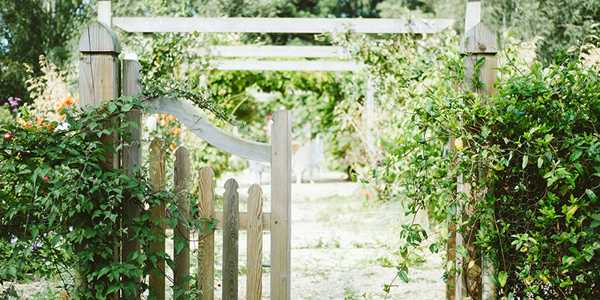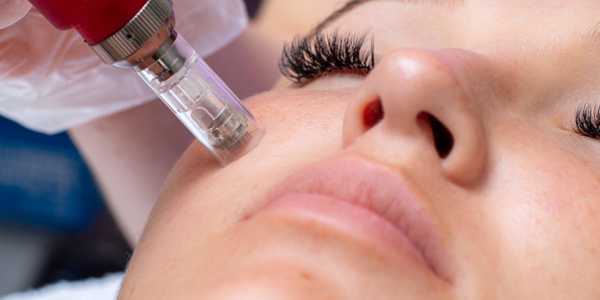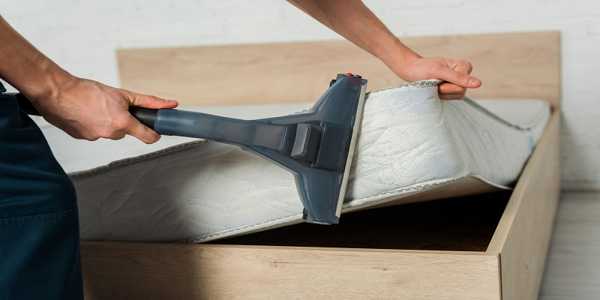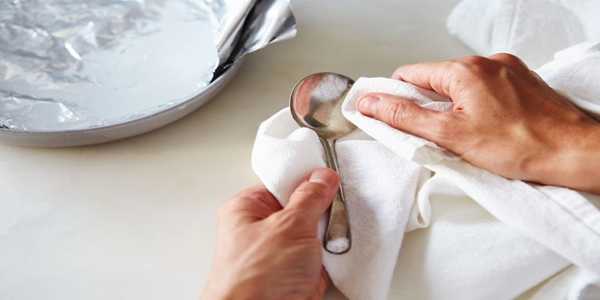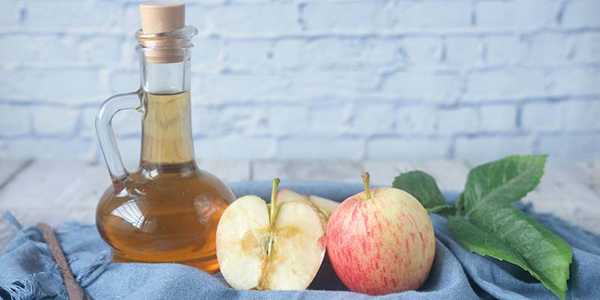How To Clean Silver Easily At Home?
Silver has been highly regarded as a precious metal, prized for its aesthetic appeal and practical applications throughout history. From being a form of currency in ancient times to today's fashionable jewellery and finely crafted tableware, silver symbolizes wealth and sophistication. However, many silver items are prone to tarnishing—a natural phenomenon that can tarnish their shine and allure. This tarnish results when silver comes in contact with air and moisture, leading to a dullness that can frustrate collectors and casual owners alike. This article aims to equip readers with straightforward and practical techniques for cleaning silver at home. By sharing clear strategies for maintaining the brilliance of silver items, we hope to empower individuals to preserve their cherished possessions for many years.
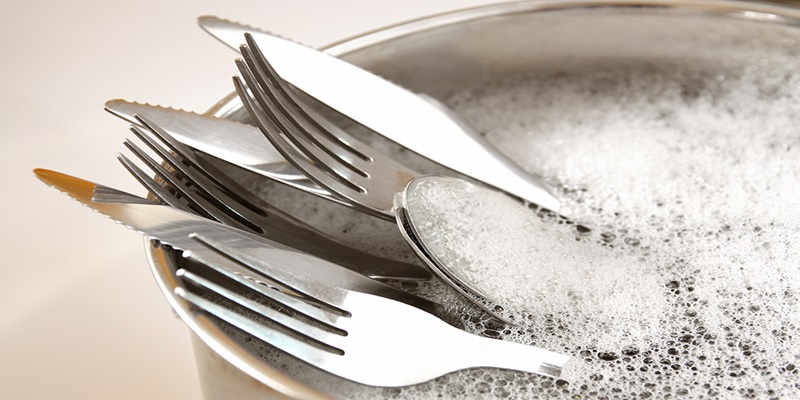
Understanding The Science Behind Silver Tarnish
Tarnish is the dulling and discolouration that often appears on silver items, mainly due to chemical reactions. The tarnishing process begins when silver interacts with elements found in the environment, such as air and moisture. Silver reacts with sulfur compounds present in the atmosphere, leading to the formation of silver sulfide. The chemical interaction occurs when silver atoms combine with sulfur, a tarnish layer obscuring the metal's shiny surface.
Key factors contributing to tarnish formation include prolonged exposure to oxygen, moisture, and sulfur-containing substances. Familiar sulfur sources can be as varied as rubber bands, some types of food, and even air pollutants. Failure to properly maintain silver items can worsen tarnishing, significantly impacting their aesthetic and financial value. Tarnish compromises the visual appeal, creating a less favourable, often brownish-black appearance and threatening the resale value of silver goods. By regularly cleaning and preserving the lustre of silver, owners protect both the aesthetic and financial aspects of these valuable items, reinforcing the need for effective silver care practices.
Essential Supplies For Cleaning Silver Effectively
Cleaning tarnished silver can be straightforward if the proper tools are used. The following essential household items are foundational for silver cleaning:
1. Baking Soda - Acts as a gentle abrasive that can lift tarnish without scratching the metal’s surface.
2. Vinegar - Known for its effectiveness in breaking down tarnish, especially when combined with baking soda.
3. Aluminum Foil - This is essential in various cleaning methods, facilitating a chemical reaction that helps eliminate tarnish from silver.
In addition to these must-have materials, consider supplementing your cleaning toolkit with optional tools such as:
Soft Cloths - Perfect for polishing silver without inflicting scratches, with microfiber cloths being especially effective.
Old Toothbrushes - Useful for cleaning intricate designs in silver pieces and addressing stubborn tarnish spots.
It is paramount to choose cleaning supplies wisely based on the tarnishing condition. Light surface tarnish may come off readily with baking soda and a soft cloth, while more severe tarnish may necessitate vinegar solutions or the aluminium foil method for optimal results. Understanding the state of your silver will direct your selection of cleaning supplies, ensuring the best outcomes.
Method 1: Baking Soda And Water Paste For a Gleaming Finish
To clean tarnished silver effectively using an easy baking soda paste, follow these comprehensive steps:
Step 1: Assemble Your Materials Begin by gathering the necessary items:
1/2 cup of baking soda
Water
A small mixing bowl
A soft cloth or sponge
An old toothbrush or a small brush (optional)
A bowl of lukewarm water for rinsing
A dry, lint-free cloth for buffing
Step 2: Create the Paste In your mixing bowl, combine 1/2 cup of baking soda with a few tablespoons of water. Stir until a thick, spreadable paste forms. This paste should be thick enough to cling to the silver without dripping off.
Step 3: Apply the Paste Using a soft cloth or sponge, apply the paste directly to the tarnished areas of your silver item. Make sure to cover any discoloured spots thoroughly. If the tarnish is particularly stubborn, gently scrub the area in circular motions using an old toothbrush or small brush to enhance effectiveness.
Step 4: Allow to Sit After applying the paste, let it sit on the tarnished areas for 10 to 15 minutes. This wait allows the baking soda to react with the tarnish and loosen its grip on the silver.
Step 5: Rinse Thoroughly. After the waiting period, rinse the silver item under lukewarm water. Removing all baking soda residues is crucial, as any leftover paste can leave behind a whitish film.
Step 6: Polish the Silver. Once rinsed, dry the silver item with a soft, lint-free cloth, gently buffing it to restore its shine. For added brilliance, consider applying a small amount of silver polish or a few drops of olive oil to your cloth before polishing.
By following this method, your silver items will shine brilliantly, free from tarnish and brimming with lustre!
Method 2: Vinegar And Baking Soda Soak For Effortless Cleaning
A simple soak in a vinegar and baking soda solution can effectively clean tarnished silver. To start, gather your supplies: white vinegar, baking soda, a container (preferably glass or ceramic), and warm water. The recommended proportions are 1 cup of vinegar and two tablespoons of baking soda. This combination generates an effervescent reaction that helps lift tarnish.
The vinegar is poured into the container and then combined with baking soda. Expect bubbling; this indicates that a chemical reaction is in motion. Once the fizzing subsides, fully submerge your tarnished silver pieces in the solution. Allow them to soak for about 30 minutes while periodically checking the tarnish removal progress.
During this soaking, the acetic acid present in vinegar interacts with tarnish, mainly comprised of silver sulfide (Ag2S), reverting it to silver. Meanwhile, baking soda contributes sodium bicarbonate, which helps further break down tarnish through mild abrasive action, making it easier to lift from the silver surface.
Safety should be your priority. Don gloves to protect your skin from the mild acidity and to avoid further tarnishing from oils on your hands. After soaking, rinse the silver under warm water to eliminate the residual solution. Next, lay the items on a soft cloth for drying.
When drying, pat the silver gently with the cloth instead of rubbing to prevent scratches or damage. Steer clear of paper towels, as they can be abrasive. Once dry, consider lightly polishing with a microfiber cloth to restore brilliance, ensuring your silver remains bright and beautiful for years ahead.
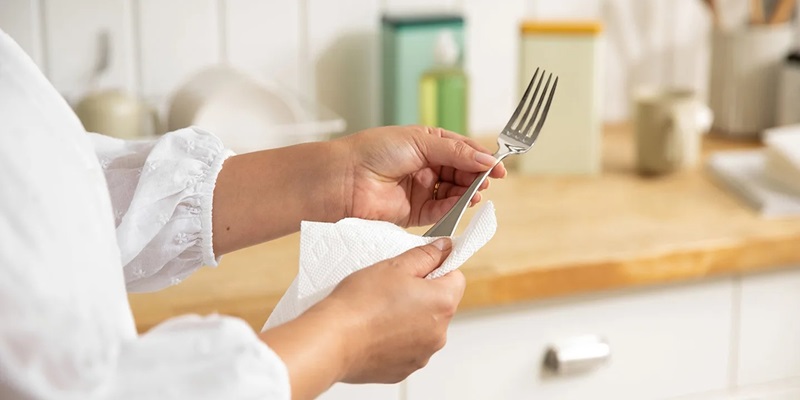
Method 3: The Aluminum Foil Method For Efficient Cleaning
Cleaning silver may seem challenging, especially with persistent tarnish. However, the Aluminum Foil Method uses the chemical reaction between aluminium foil, baking soda, and hot water to provide a quick, eco-friendly solution for restoring silver to its original gleam.
Preparing the Cleaning Solution: Gather the necessary items: aluminium foil, baking soda, hot water, and a bowl or pan. Begin by lining the bowl or pan with aluminium foil, ensuring the shiny side faces up, as this is vital to the cleaning process. Sprinkle about two tablespoons of baking soda onto the foil-lined surface.
Step-by-Step Soaking Method
1. Boil enough water to allow for complete submersion of your tarnished silver items.
2. Carefully pour the hot water over the baking soda in the bowl or pan. Use gloves to avoid burns.
3. Place your silver items into the solution, ensuring they directly interact with the aluminium foil. If necessary, submerge them, being careful not to overcrowd.
4. Let the silver soak for approximately 10 to 15 minutes. You may observe bubbling, which indicates that the chemical reaction between the baking soda, aluminium, and tarnish is occurring.
5. After soaking, rinse the silver items thoroughly under cool running water to remove any residual baking soda.
6. Finally, buff the pieces dry with a soft cloth or microfiber towel to achieve a stunning shine.
Benefits and Effectiveness The Aluminum Foil Method is effective and gentle compared to traditional cleaning techniques involving abrasive chemicals or scrubbing. It is safe for delicate pieces, reducing the risk of scratches, and is quick—often producing visible results in mere minutes. The ease of using household items makes it an essential technique in silver maintenance, providing a practical approach that saves time and money while ensuring your cherished silver stays brilliantly bright.
Proactive Strategies For Maintaining The Shine Of Silver
Proper storage is critical to keeping your silver items in prime condition and minimizing tarnishing. Consider using anti-tarnish cloths or pouches, which protect against tarnish-causing air. Additionally, placing silica gel packets or other desiccants in your storage area can help absorb moisture, reducing the likelihood of tarnish development.
Establishing a regular cleaning routine is key to adequate silver upkeep. Aim to clean your silver items every three to six months, depending on their usage. Regularly dust your silver pieces with a soft, lint-free cloth to remove debris and prevent scratches. When it comes time for a deeper clean, a mild soap and warm water solution is usually adequate, followed by thorough drying using a soft towel.
For particularly valuable or sentimental silver items, it's advisable to consult professional cleaning services. These pieces may require specialized techniques or polishing to avoid damage and ensure longevity. If you notice a significant buildup of tarnish or scratches, or if the item boasts intricate designs, seeking expert advice is prudent to maintain its condition effectively.
Restore The Brilliance Of Your Silverware
In light of our discussion, cleaning silver at home can be accessible and effective with the appropriate techniques. We covered various methods, including baking soda paste, vinegar soaks, and the Aluminum Foil Method, each designed to help restore your silver's shine. Remember, proper maintenance is equally important; regular care can prevent tarnish from building up. We encourage you to try these straightforward approaches and revel in the renewed sparkle of your silver items. Have you had success with any of these techniques? We invite you to share your experiences, thoughts, or additional cleaning tips in the comments below!

